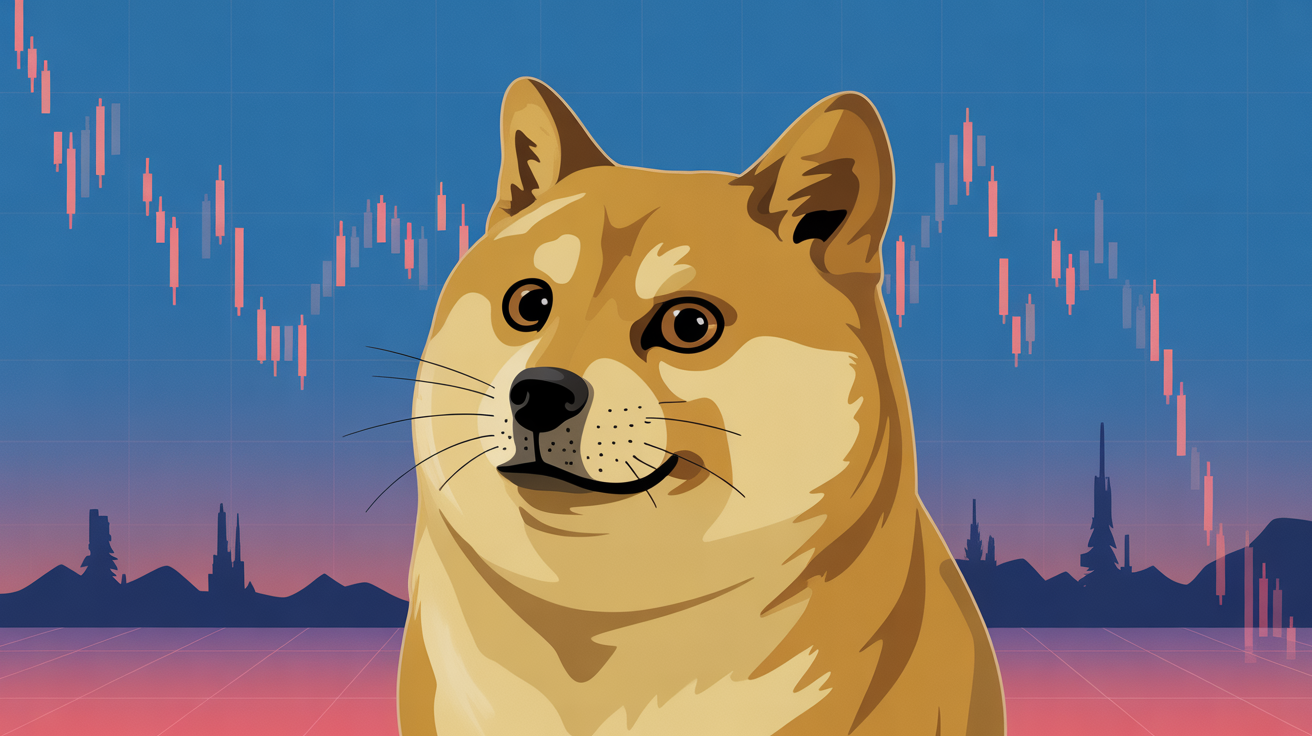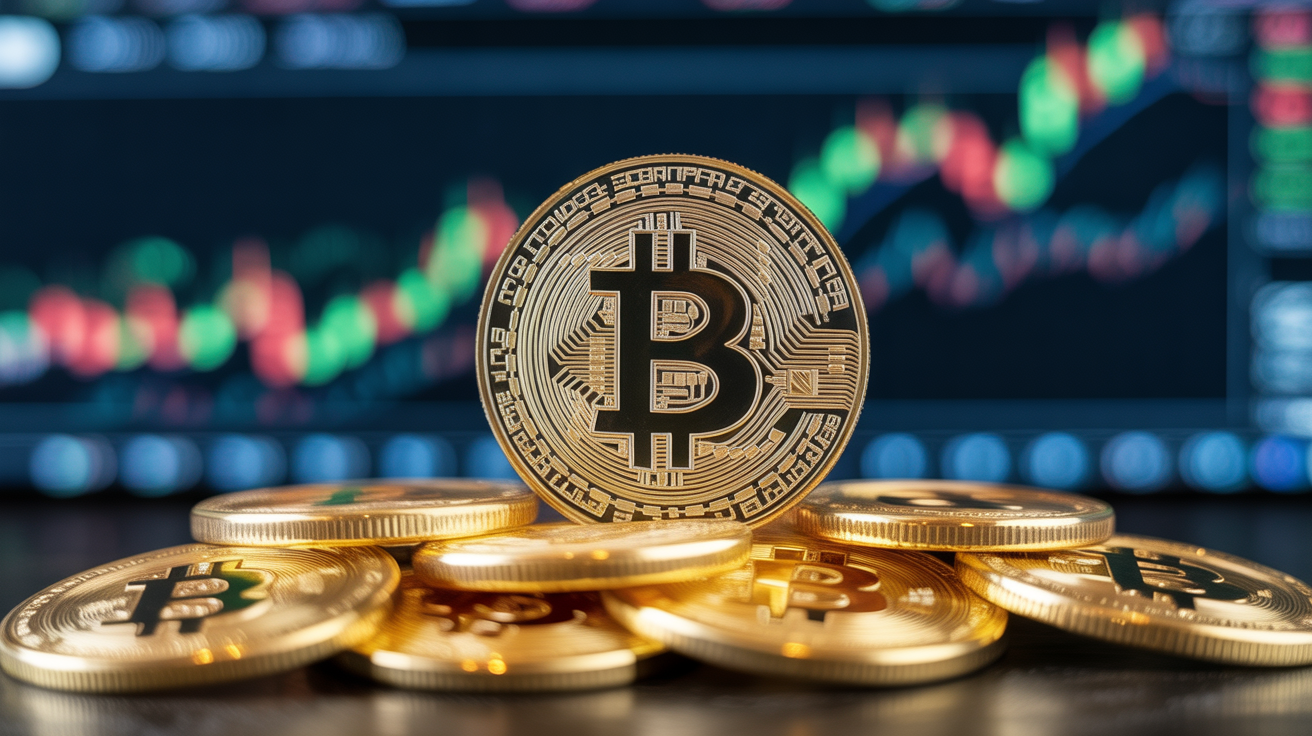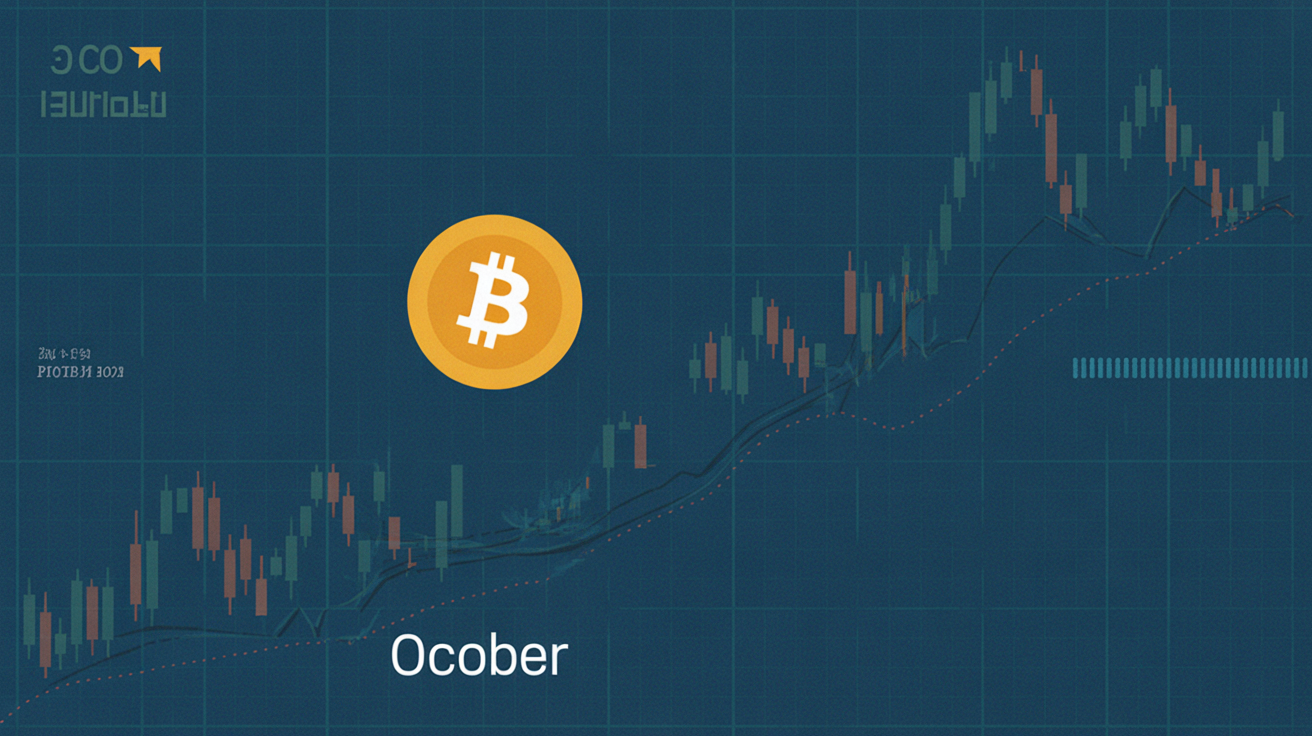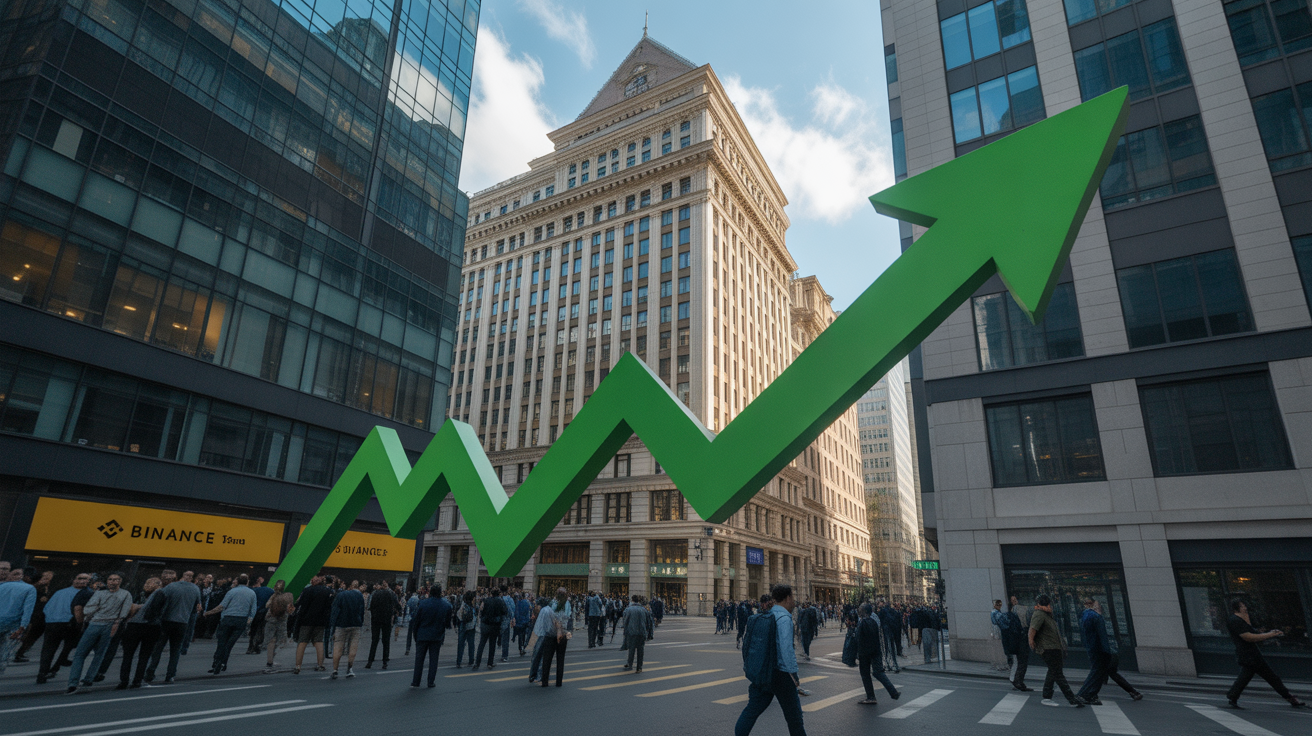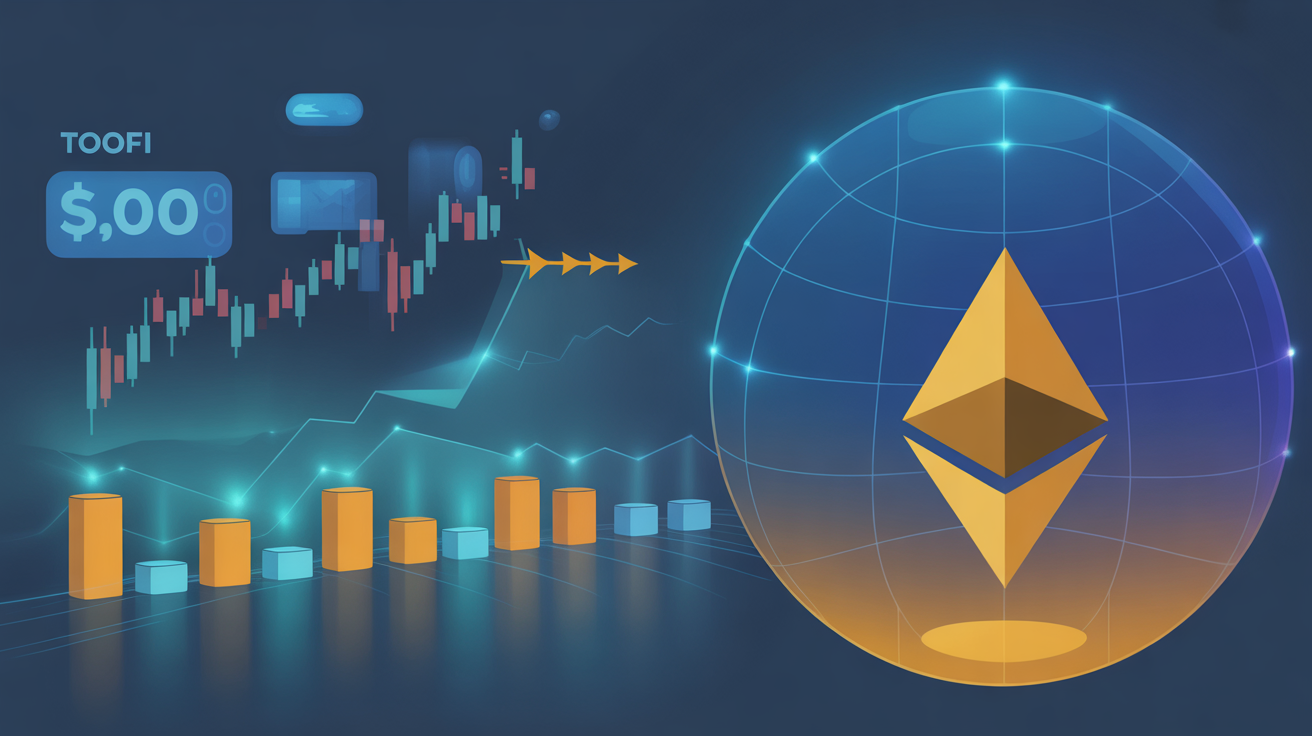Crypto Rebounds as Fed Dissent Raises Alarm Over Central Bank Independence
Major cryptocurrencies clawed back early losses on Wednesday, as investors digested the implications of growing political pressure on the Federal Reserve. Analysts say the central bank’s decision to hold rates steady at 4.25% came with a warning sign: two Trump-appointed governors dissented, favoring cuts—a move seen as threatening the Fed’s long-standing independence.
Bitcoin (BTC) dropped sharply to $116,000 during Fed Chair Jerome Powell’s press conference but quickly rebounded above $118,000. XRP and ether (ETH) followed similar patterns, while the CoinDesk 80 Index rose 0.8% to 915 points. Ether last traded near $3,870, with XRP at $0.00314.
Powell downplayed any shift toward rate cuts, emphasizing inflation control over political or fiscal pressures. Still, the dissenting votes from Michelle Bowman and Christopher Waller—both nominated by Donald Trump—raised red flags for markets.
“There’s growing concern that Trump’s influence could compromise the Fed’s independence,” said Jimmy Yang, co-founder of Orbit Markets. “That risk strengthens the long-term case for crypto.”
Yang expects the July CPI report to be a key driver for the market. “Tariff-related inflation may push CPI higher in the months ahead. If so, crypto might sell off initially with other risk assets, but bitcoin could rally again as the inflation hedge thesis gains traction.”
Greg Magadini, head of derivatives at Amberdata, echoed the concern. “Wednesday’s decision helped the Fed defend its independence—for now. But if Powell is removed or bends to pressure, bitcoin will likely spike while inflation-linked bonds take a hit,” he said.
Magadini added that bond markets are already adjusting. Long-end yields have steepened significantly since Trump’s resurgence in the polls, with the 10s30s spread rising from 15 to 55 basis points and 2s10s from 5 to 45 basis points. “Markets are pricing in persistent inflation and political volatility,” he noted.



